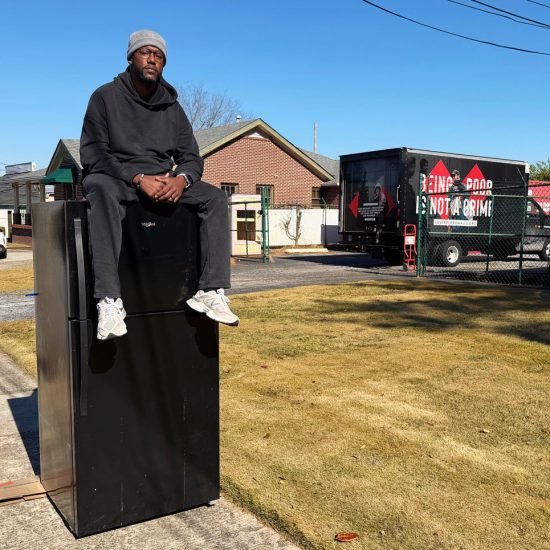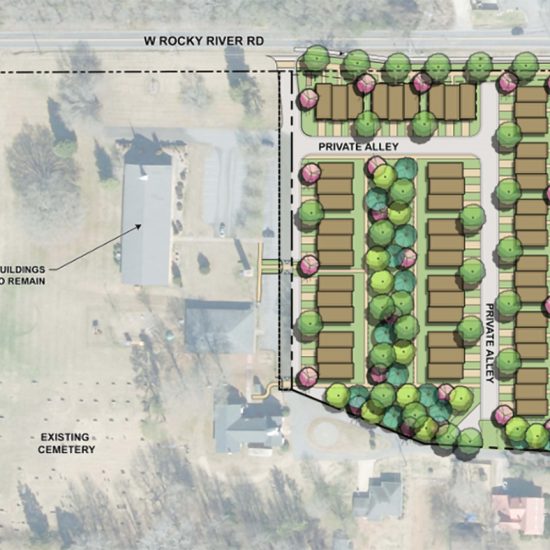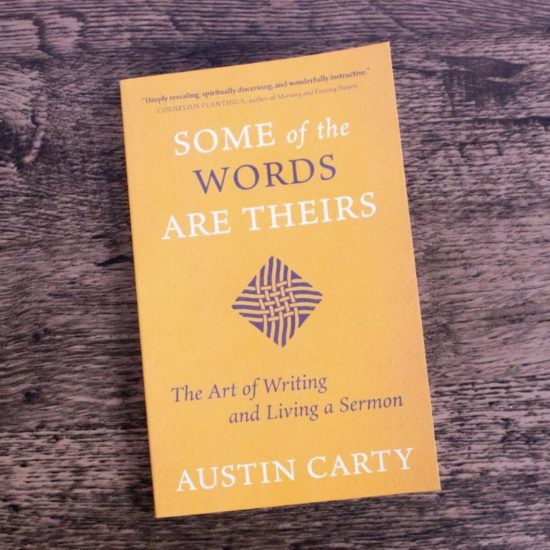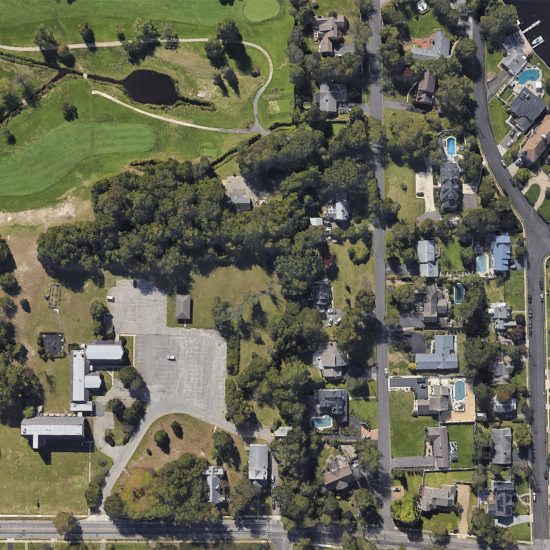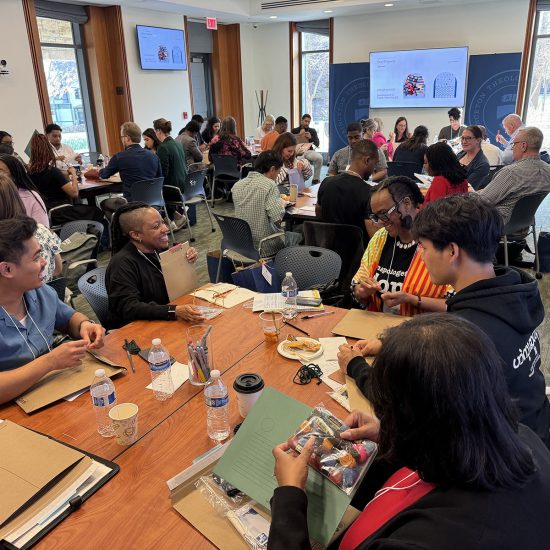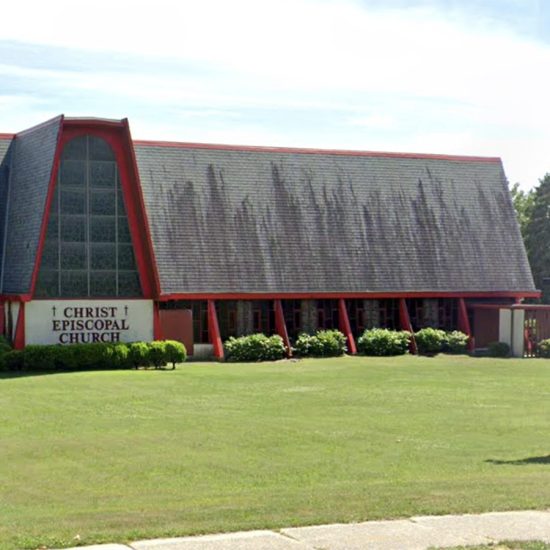DALLAS (BP) — A homeless man lay frozen to death within eyesight of Cornerstone Baptist Church in South Dallas as record-breaking cold temperatures befell much of the U.S.
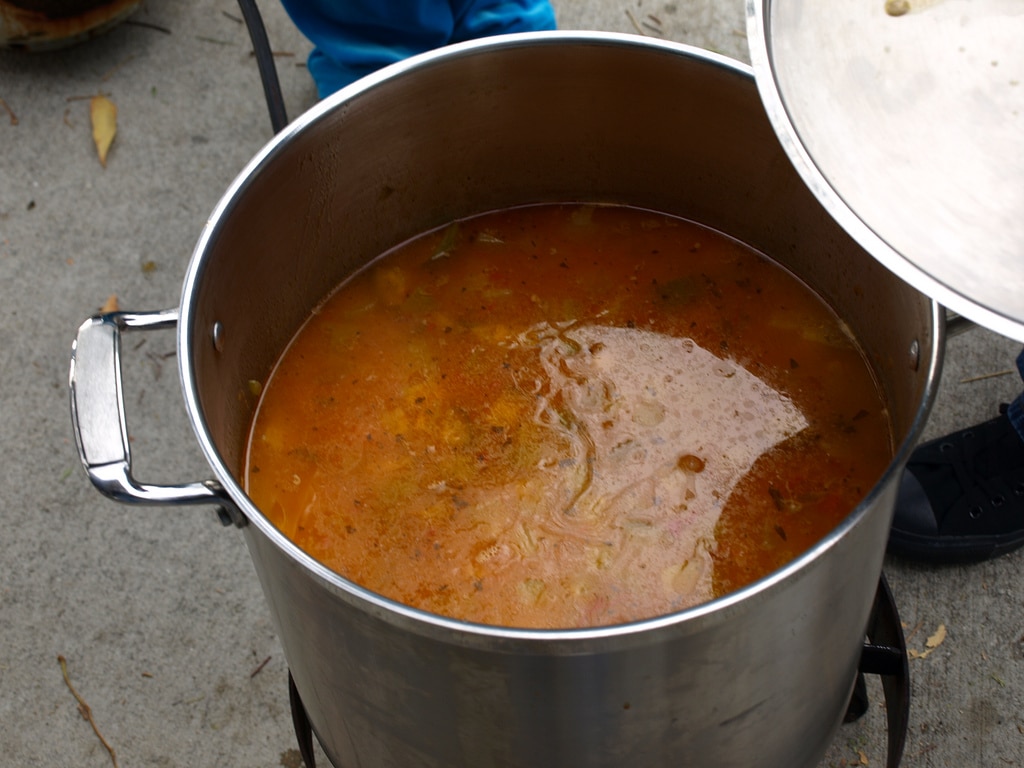 Hot meals and warm beds are among the services Southern Baptist churches are providing to homeless Americans as the nation suffers record-breaking cold temperatures.In partnership with other churches and ministries, Cornerstone uses its facilities to serve the homeless 10,000 hot meals a month; provide clothing and showers to 1,000 different individuals a month; and serve 200 individuals a month in weekly vision, dental and medical clinics. The church refers the homeless to housing sites maintained by other ministries, Simmons said, and also builds relationships with the homeless and provides spiritual support.
Hot meals and warm beds are among the services Southern Baptist churches are providing to homeless Americans as the nation suffers record-breaking cold temperatures.In partnership with other churches and ministries, Cornerstone uses its facilities to serve the homeless 10,000 hot meals a month; provide clothing and showers to 1,000 different individuals a month; and serve 200 individuals a month in weekly vision, dental and medical clinics. The church refers the homeless to housing sites maintained by other ministries, Simmons said, and also builds relationships with the homeless and provides spiritual support.
The help Cornerstone, numerous Southern Baptist churches, community agencies and others provide the homeless is more crucial when the country freezes. Flu season also increases the need for help, Simmons said.
Just 16 miles south in Irving, Texas, Bear Creek Community Church has provided emergency shelter to the homeless at least two consecutive weeks in this season’s cold temperatures, pastor Dennis Webb told BP.
The help continued even as fire destroyed the church’s sanctuary Dec. 28, Webb said.
“Despite the challenge of the fire, we continued to house the homeless since that day. We now use several classrooms in an upstairs wing for that purpose. It’s not ideal but we have been able to make it work,” Webb said. “We lost the entire sanctuary. We renovated the fellowship hall normally used to house the homeless as a main sanctuary.”
Texas is among five states where half of the nation’s homeless population lives, Forbes reported in November 2016, along with New York, Florida, California and Washington. Varying statistics place the national homeless count between 575,000, according to Forbes’ 2016 numbers, and 1.75 million, according to 2017 research by the Statistic Brain Research Institute.
Bear Creek Community Church launched its Neighbor Feeding Neighbor homeless ministry four years ago, providing not only an inclement weather shelter, but hot meals, snack bags, food, clothing, toiletries, Bible study and transportation to the church.
“A Bible study is held before each meal (Tuesday evenings),” Webb said. “The homeless are required to attend. The focus has become friendship evangelism. We focus on developing relationships and utilize every opportunity to share the message of the Gospel.”
The church’s inclement weather shelter provides mats, cots, blankets, pillows and other necessities to 15 to 20 individuals on average, Webb said, but has housed as many as 30 or more.
“A safe and warm place to stay is vital to the health, safety and welfare of all humans. No one should have to sleep outside in cold, damp weather,” Webb said. “Most homeless have no financial means to care for themselves. Many we serve can’t afford a simple meal.
“The mental condition of some of the homeless population makes them dependent on others for the basic necessities of life,” Webb said. “Without ministries and people helping the homeless, they will suffer with little to no hope.”
Among Southern Baptists helping the homeless survive this winter are all five sites of Grafitti Church in New York City and at least five congregations partnering with the Arundel House of Hope in greater Baltimore.
Kareem Goubran, Grafitti’s minister to adults, said the cold weather provides ministry opportunities to the homeless that don’t necessarily exist during warmer months.
“This act of care for the homeless especially during the winter months has been the way we have met people who have then built relationship with us and have often come to know the Lord at a later time,” Goubran said. “Many people who were once homeless are now leading our ministries to the homeless. We met the need first, and then they have come to know Jesus, gotten baptized and are now leaders at Graffiti church.”
The population is considered difficult to effectively serve. The life of the homeless man who froze to death in Dallas might have been spared, Simmons told BP.
“The problem is I think well-meaning people end up hurting the homeless” by placing items directly in the hands of those in need, rather than giving donations to agencies trained to help, Simmons said. “People would drive by and leave him food, leave him money,” Simmons said of the man who froze to death in Dallas. “So I guess in his mind, if I leave this corner, nobody’s going to drop me off financial donations, food donations, clothing donations … blankets and things like that.
“Where if they would not give those items, then it would force people to seek assistance at other places,” Simmons said. While neither of the victims has been identified, Simmons said the woman who froze to death refused even to take blankets as temperatures dipped into the teens with single-digit wind chills. And while the man had blankets, he slept on the cold ground.
“We do all we can to try to move people towards shelters,” Simmons said, but agencies and churches cannot force the homeless to accept shelter.
Webb encourages all churches to help the homeless by partnering with others to overcome limited resources in any one congregation.
“Adopt the mindset that the homeless problem is not a government responsibility only,” Webb said. “There are so many resources (facilities, people) in the body of Christ today. Understand the homeless population is a mission field waiting for the body of Christ to infiltrate.”
Pastors must make homeless ministries a priority to ensure ministry success, Webb said.
“The pastor sets the atmosphere for how a homeless ministry goes,” he said. “Develop collaborations amongst churches in a particular area to use the strength of each church to reach the homeless in that vicinity.”

